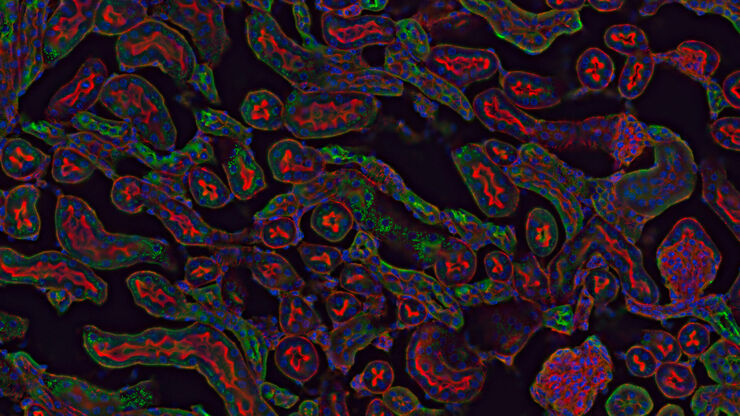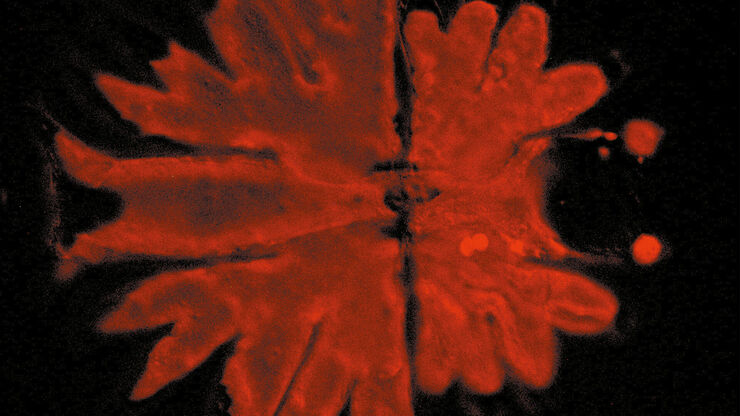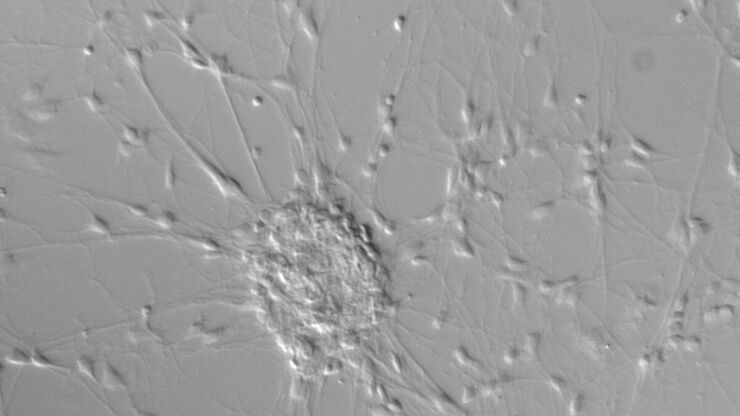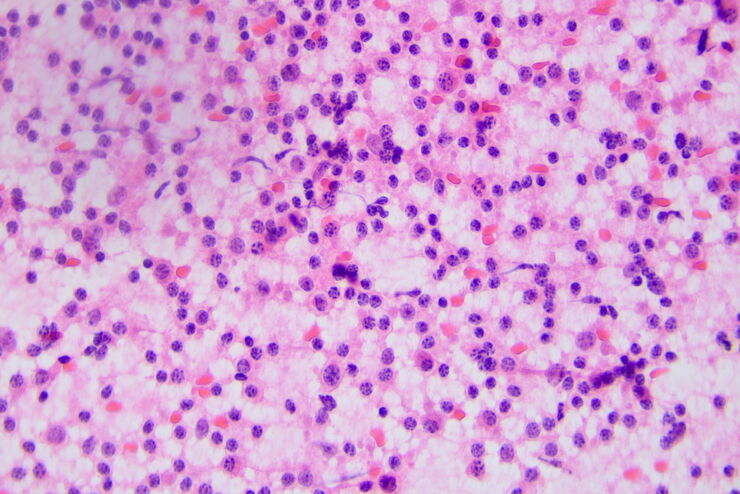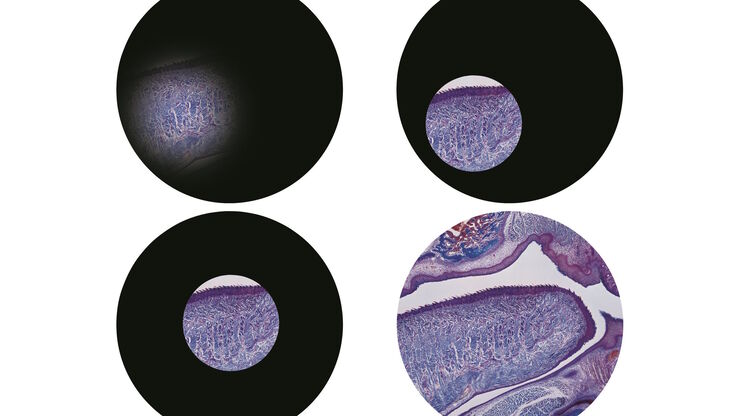Leica DM3000 & DM3000 LED
Microscopios verticales
Microscopios ópticos
Productos
Inicio
Leica Microsystems
Leica DM3000 & DM3000 LED Microscopios ergonómicos únicos con automatización inteligente
Mejora de los procesos del laboratorio
Lea nuestros últimos artículos
DIC
Un microscopio DIC es un microscopio de campo ancho que tiene un filtro de polarización y un prisma Wollaston entre la fuente de luz y la lente del condensador, así como entre la lente del objetivo y…
A Guide to Phase Contrast
A phase contrast light microscope offers a way to view the structures of many types of biological specimens in greater contrast without the need of stains.
Microscopios de campo oscuro
El método de contraste de campo oscuro aprovecha la difracción o dispersión de la luz de las estructuras de un espécimen biológico o las características no uniformes de una muestra de material.
Differential Interference Contrast (DIC) Microscopy
This article demonstrates how differential interference contrast (DIC) can be actually better than brightfield illumination when using microscopy to image unstained biological specimens.
H&E Staining in Microscopy
If we consider the role of microscopy in pathologists’ daily routines, we often think of the diagnosis. While microscopes indeed play a crucial role at this stage of the pathology lab workflow, they…
How to Benefit from Digital Cytopathology
If you have thought of digital cytopathology as characterized by the digitization of glass slides, this webinar with Dr. Alessandro Caputo from the University Hospital of Salerno, Italy will broaden…
Factors to Consider when Selecting Clinical Microscopes
What matters if you would like to purchase a clinical microscope? Learn how to arrive at the best buying decision from our Science Lab Article.
The Time to Diagnosis is Crucial in Clinical Pathology
Abnormalities in tissues and fluids - that’s what pathologists are looking for when they examine specimens under the microscope. What they see and deduce from their findings is highly influential, as…
Perform Microscopy Analysis for Pathology Ergonomically and Efficiently
The main performance features of a microscope which are critical for rapid, ergonomic, and precise microscopic analysis of pathology specimens are described in this article. Microscopic analysis of…
Koehler Illumination: A Brief History and a Practical Set Up in Five Easy Steps
In this article, we will look at the history of the technique of Koehler Illumination in addition to how to adjust the components in five easy steps.
Campos de aplicación
Patología clínica
Descubra cómo las soluciones de microscopio para patología de Leica ayudan a los patólogos clínicos a diagnosticar infecciones y enfermedades en fluidos y tejidos corporales.
Microscopio para patología
En ocasiones, el análisis de especímenes patológicos requiere muchas horas de trabajo frente a un microscopio. Como consecuencia, el usuario puede sentir molestias físicas y tensión que puede conducir…
Patología anatómica
Descubra cómo los microscopios de patología anatómica de Leica Microsystems facilitan un diagnóstico médico eficiente y preciso.
